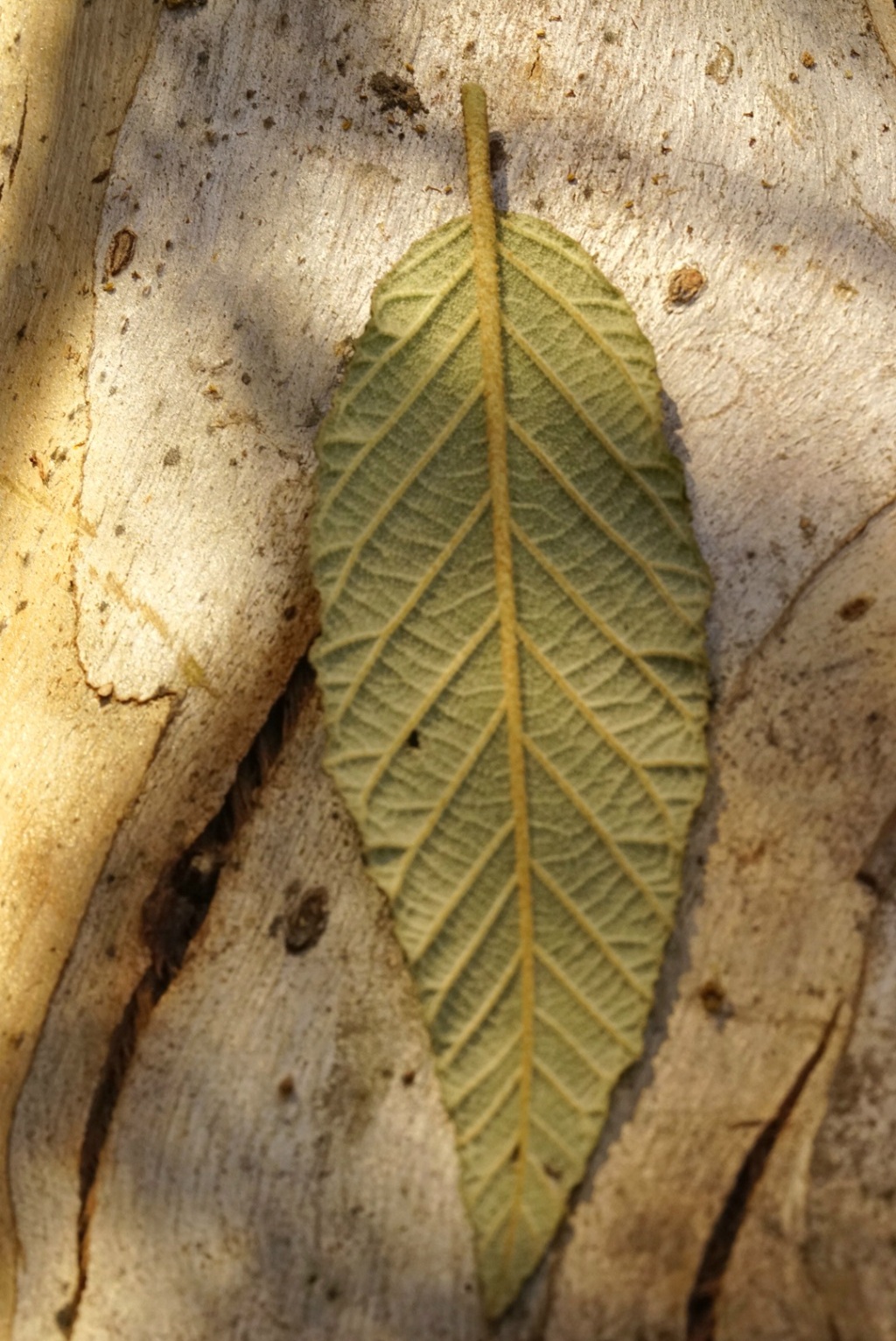Rhamnaceae
Perennial shrubs, trees or lianes, usually with simple and/or stellate hairs at least on young growth. Leaves simple, alternate or opposite, sometimes reduced; stipules present, usually deciduous. Inflorescences of cymes, racemose, paniculate, umbel- or head-like, or reduced to small clusters or a single flower. Flowers bisexual; hypanthium funnel-shaped to saucer-shaped, sometimes extended beyond ovary summit into a distinct tube; sepals 5; petals 5, free, often hooded, sometimes absent; stamens alternating with sepals, sometimes hooded by petals, anthers longitudinally dehiscent; disc usually present; ovary inferior to superior, carpels 2–5 (usually 3), ovule 1 per loculus, style almost entire to deeply divided. Fruit a capsule, schizocarp, drupe or (not in Victoria) a samara; seeds usually with a basal aril.
An almost cosmopolitan family of c. 60 genera and c. 900 species, with 26 genera (1 naturalized) and c. 200 species in Australia.
The hypanthium as here interpreted is measured from the apex of the pedicel to base of the sepal lobes (i.e. including that part of the perianth which is fused with the ovary).
Walsh, N.G.; Udovicic, F. (1999). Rhamnaceae. In: Walsh, N.G.; Entwisle, T.J., Flora of Victoria Vol. 4, Cornaceae to Asteraceae, pp. 82–83. Inkata Press, Melbourne.
 Spinning
Spinning


